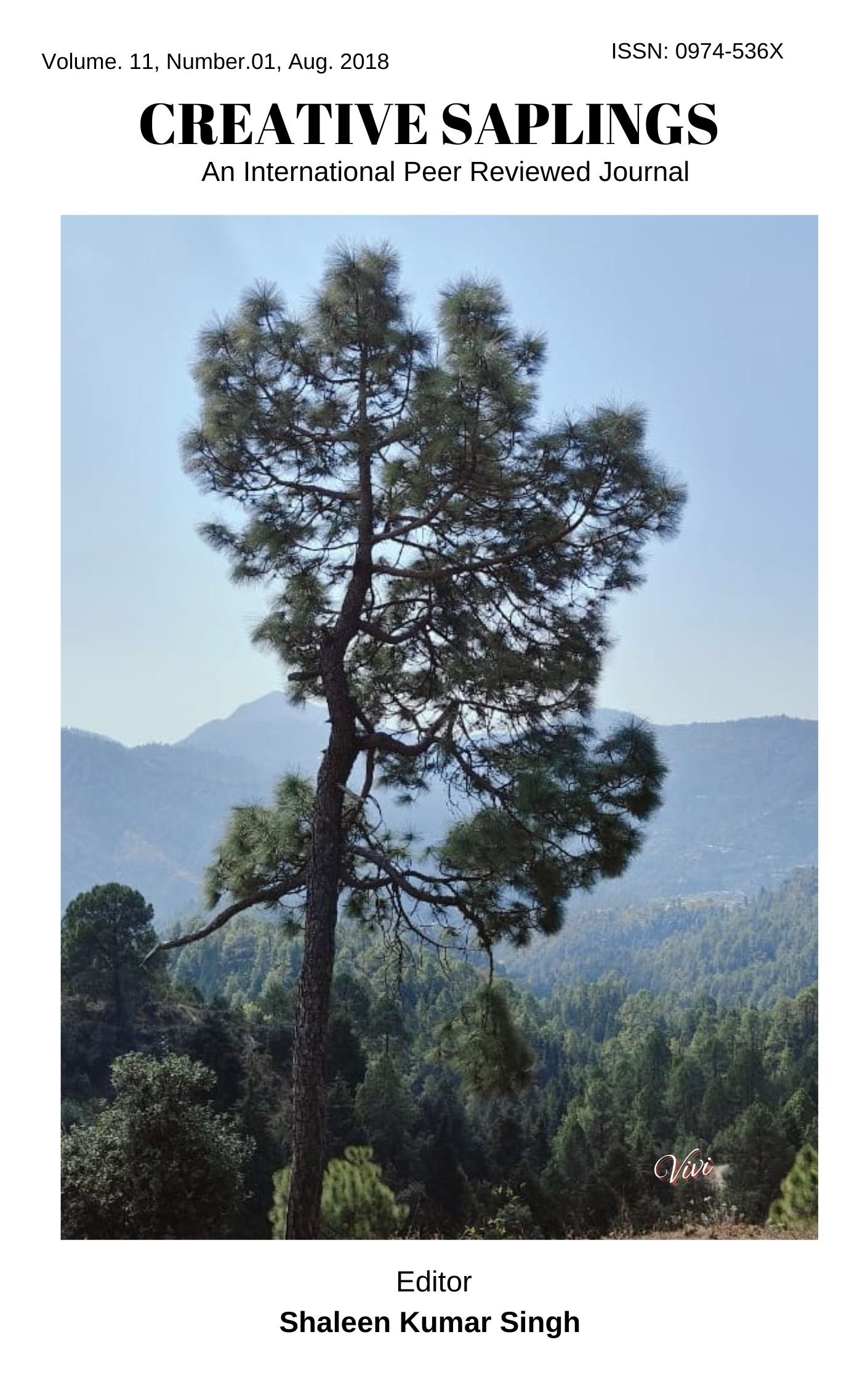A Glimpse of Indian Society in the Memoirs of Mughal Emperors Babur and Jahangir
DOI:
https://doi.org/10.56062/Keywords:
Mughal Memoirs, Baburnama, Tuzuk-i-Jahangiri, Socio-cultural Observations, Mughal Economic Insights.Abstract
This paper analyses socio-cultural and economic notes spotted by Mughal kings Zahiruddin Muhammad Babur into memoirs called Baburnama and by Nuruddin Muhammad Jahangir in Tuzuk-i-Jahangiri. These rulers who were also great warriors and empire makers but also scholars endowed with literary sensibilities offer good dose of understanding on India’s social, economical and cultural realities of their respective times. The first type of memoir Bâbur wrote in Chagatai Turkish which was later translated into Persian during Akbar’s reign; Jahangir, Babur’s great-grandson, wrote his memoir in Persian, the language of the Royal Court. The paper aims to compare and contrast their views about agriculture, trade, and industries in India by analysing their works. About the conditions of the country it is possible to say that Babur’s observations, mostly concerning the agricultural and irrigation systems, plants and animals, give a rather rich picture of the land’s potentiality in terms of natural resources though the data about the trade and industrial activities are left out. On the other hand, Jahangir gave detailed records about key cities of the empire such as Ahmedabad, Cambay, Burhanpur, Agra, and about the business growth of the regions, and being a native of Kashmir, the shawl industry of the Valley. The paper is also focused on the matter of the fact that Osborn and Harris narrate their stories in different ways. On the one hand, rather arranged by the territorial framework, Babur offers quantitative year correlations with regions emphasizing their violent conditions On the other hand, rather placing more concern on the interaction of main political events with social and economic structures, Jahangir’s descriptions intertwine his narrative. Reflecting the research imperative of this work, the reader is helped to expand the rather simplistic view of the Mughals as unadulterated plunderers and foreign invaders and instead view them as being attentive to the socio-economic realities of the country they occupied.
Downloads
References
Babur, Babur Nama, Persian translation by Abdur Rahim Khan-i-Khana, Bombay, 1891, p. 178
Ibid, p. 191
Ibid, p. 191
Ibid, pp. 199 & 200
Jahangir, Tuzuk-i-Jahangiri, ed. Syed Ahmad Khan, 1864, p. 210
Shirin Moosvi, Economy of the Mughal Empire – A Statistical Study c.1595, New Delhi, 1987, p. 310
Tuzuk-i-Jahangiri, p. 207
Economy of the Mughal Empire, New Delhi, p. 313
Aparajita Roy, Introduction in "Autobiographical Memoirs of the Emperor Jahangir", Major David Price, 1972, p. xv.
Tuzuk-i-Jahangiri, p. 301
Ibid, p. 315
Baburnama, p. 205.
Baburnama, p. 204
Tuzuk-i-Jahangiri, pp. 119-120
Ibid, p. 14.
Ibid, p. 341
Ibid, p. 176
Ibid, p. 34
Ishwari Prasad, A Short History of Muslim Rule in India, Allahabad, 1939, p. 375
Ibid, p. 67
Baburnama, p. 205
Tuzuk-i-Jahangiri, p. 171
Ibid, p. 89
Ibid, p. 301
Baburnama, p. 204
Tuzuk-i-Jahangiri, p. 124
Ibid, pp. 45-46
Stanley Lane Poole, Medieval India under Mohammedan Rulers, London, 1963, p. 216
A. L. Shrivastava, History of India, Agra, 1971, p. 336
Baburnama, p. 205
Ishwari Prasad, A Shorty History of Muslim Rule in India, p. 233
Tuzuk-i-Jahangiri, English translation by Alexander Rogers, N. Delhi, 1989, Preface p. x
Downloads
Published
Issue
Section
License

This work is licensed under a Creative Commons Attribution-NonCommercial 4.0 International License.





